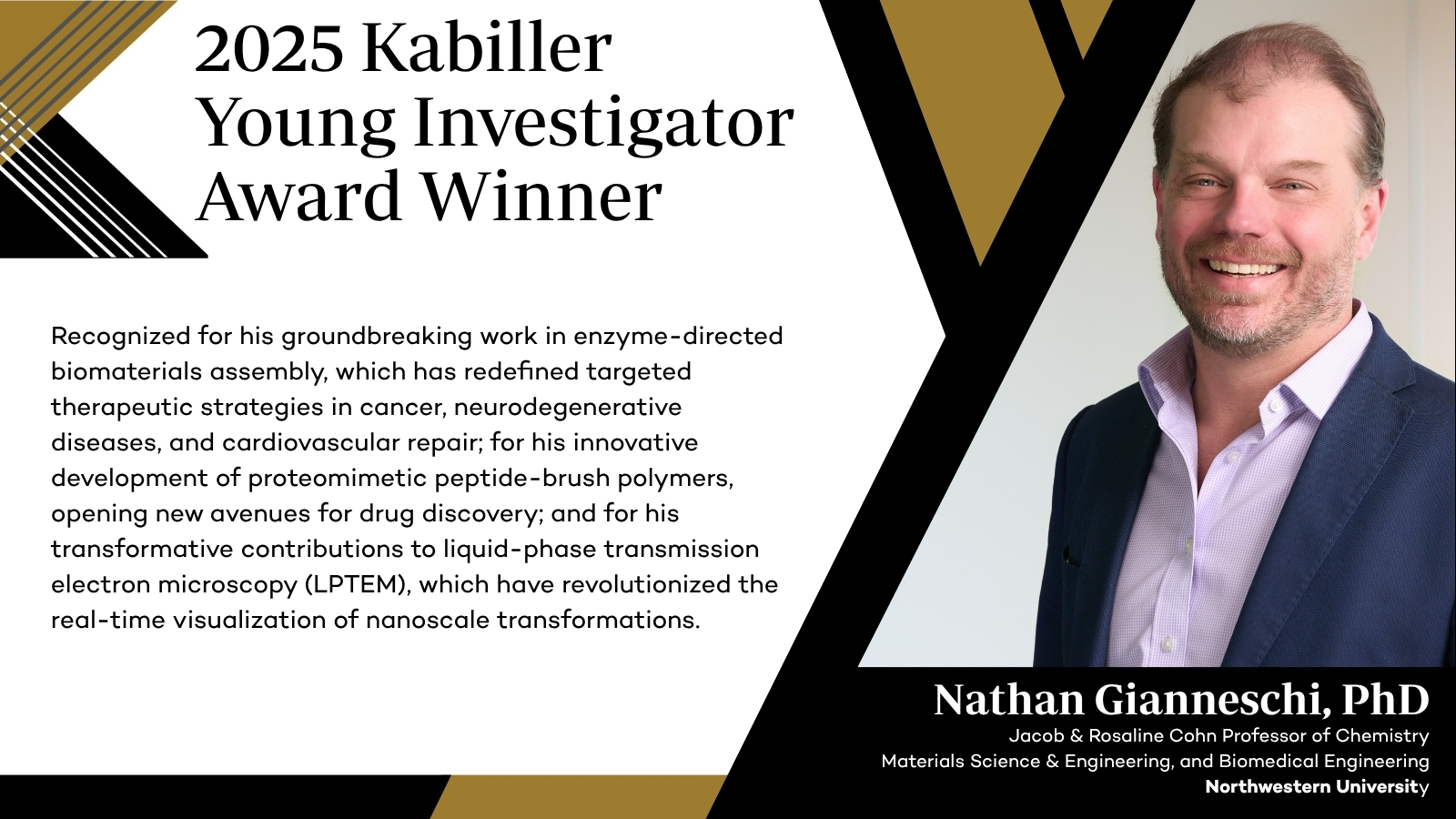Bridging Discovery and Application
Through his development of proteomimetic peptide-brush polymers, he has opened new avenues for drug discovery, while his advancements in liquid-phase transmission electron microscopy (LPTEM) have redefined how we visualize nanoscale transformations in real time. A leader in translational science, Professor Gianneschi has successfully bridged fundamental research and practical application. His innovations have led to multiple patents, licensing agreements, and startup ventures focused on bringing biomimetic materials to clinical use.
Roots and Early Inspiration
Nathan Gianneschi’s journey began in Canberra, Australia. He credits his early education, which encouraged a well-rounded approach to learning across both the arts and sciences, as a key source of inspiration. His schooling also emphasized participation in a variety of sports, providing opportunities to develop leadership skills and a strong appreciation for teamwork. Beyond academics and athletics, “doing standard Aussie stuff, like catching waves and avoiding sharks,” helped cultivate an adventurous spirit that would later fuel his scientific work.
Finding His Scientific Calling
Although he initially considered a career in medicine, it was at the University of Adelaide, Australia that he discovered his true passion. After gaining experience in a range of research settings—from medical labs to basic biology—he found his direction in the laboratory of Professor Lou Rendina, where he did his honors degree research. There, under Professor Rendina’s mentorship, he synthesized molecules for the first time—a pivotal moment that sparked his fascination with building new structures. This experience inspired him to pursue a career in chemistry and laid the foundation for his future work at the intersection of biology and synthetic materials. An emerging field he calls, Materials Biology.
Training and Mentorship
After earning his B.Sc. with Honors in 1999, Gianneschi moved to the United States and Northwestern University for his Ph.D., where he studied supramolecular coordination complexes under Professor Chad Mirkin and collaborated closely to develop new types of catalysts with SonBinh Nguyen. He then continued to The Scripps Research Institute as a Dow Foundation Postdoctoral Fellow, working with Professor M. Reza Ghadiri to design enzyme-based systems capable of performing basic logic operations—early examples of molecules behaving like tiny machines.
Leading a Lab and Launching Innovation
In 2008, he launched his own lab at the University of California, San Diego, rising to full professor by 2016. A year later, he returned to Northwestern University, where he currently serves as the Jacob & Rosaline Cohn Professor of Chemistry, Professor of Materials Science & Engineering, Professor of Biomedical Engineering, and Professor of Pharmacology.
Beyond academia, he is also the scientific founder of Grove Biopharma, a company developing synthetic, protein-like polymers designed to disrupt harmful protein-protein interactions in diseases like Alzheimer’s and cancer. Using the bionic biologics platform technology invented at Northwestern, the company aims to accelerate development timelines and deliver more effective treatments to areas of great clinical unmet need including in incurable diseases — bringing his academic discoveries into the hands of clinicians and patients. In addition, he is also the scientific founder of Melanyze, a seed-stage company developing synthetic melanin-based topical treatments for radiation dermatitis, a common side effect of cancer radiation therapy; and Epitope, a seed-stage company focused on the development of therapeutics for autoimmune diseases.
Recognition and Honors
His accomplishments have earned him wide recognition, including a Sloan Research Fellowship, the NIH Director’s New Innovator and Transformative Research Awards, and his election as a Fellow of both the Royal Society of Chemistry and the American Institute for Medical and Biological Engineering. He has also received the White House’s highest honor for young scientists, the Presidential Early Career Award for Scientists and Engineers, and is a Kavli Fellow of the National Academy of Sciences.
Life Outside the Lab
Outside the lab, Gianneschi lives in Wilmette, Illinois with his wife Elizabeth and their daughters, Lillian and Kit. A passionate cook, he views the kitchen not as an extension of the lab but as a place for connection and joy. Inspired by family traditions, he takes pleasure in preparing meals that bring people together—especially on quiet Sunday afternoons, when work fades into the background and the focus turns to food, fellowship, and the occasional helping hand from a budding young sous-chef.
Innovation with Impact
Nathan Gianneschi is a builder of ideas, a connector of disciplines, and a scientist who brings imaginative concepts to life. His work exemplifies the spirit of the Kabiller Young Investigator Award: innovative, interdisciplinary, and focused on advancing science that improves human health.
